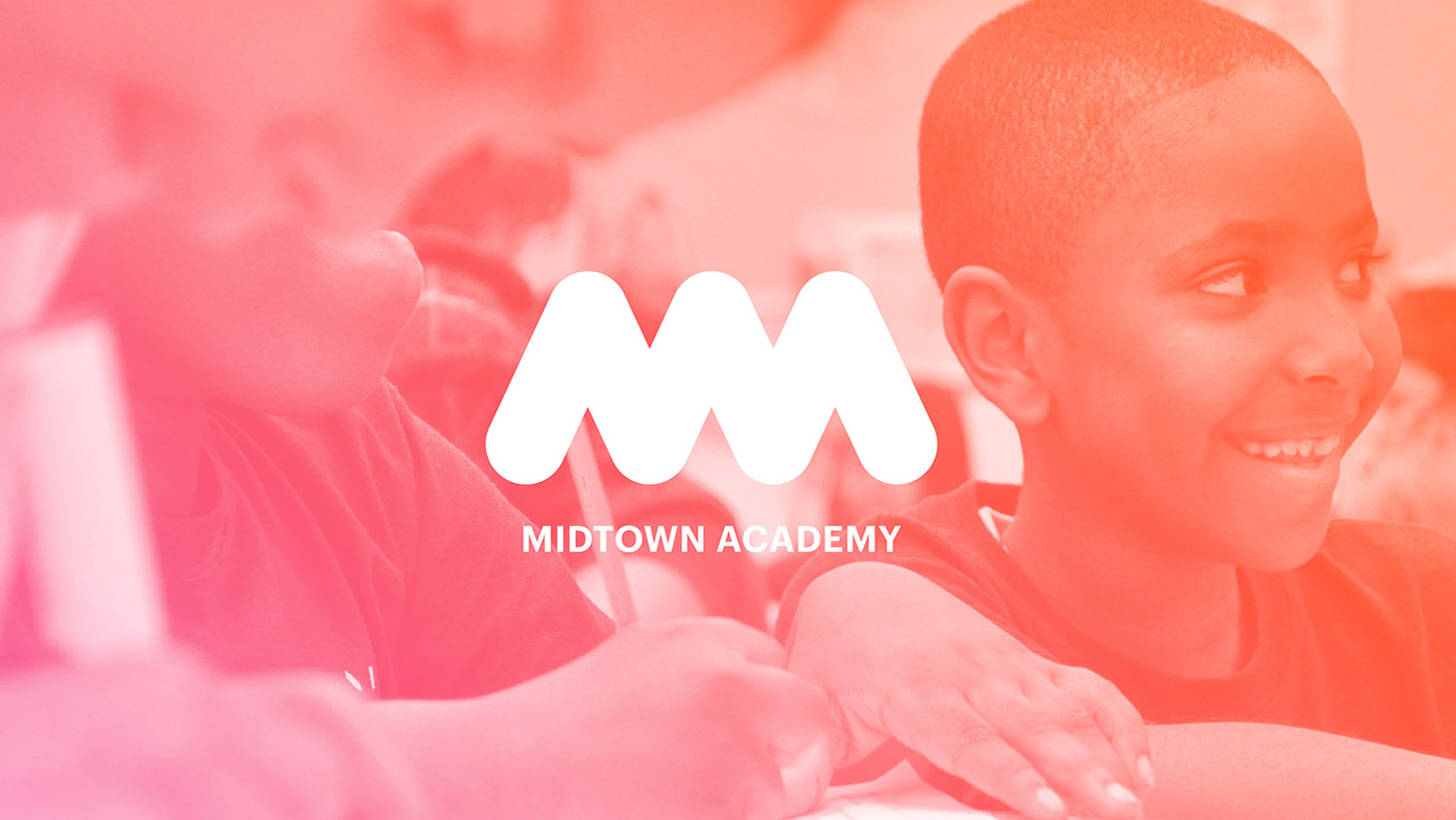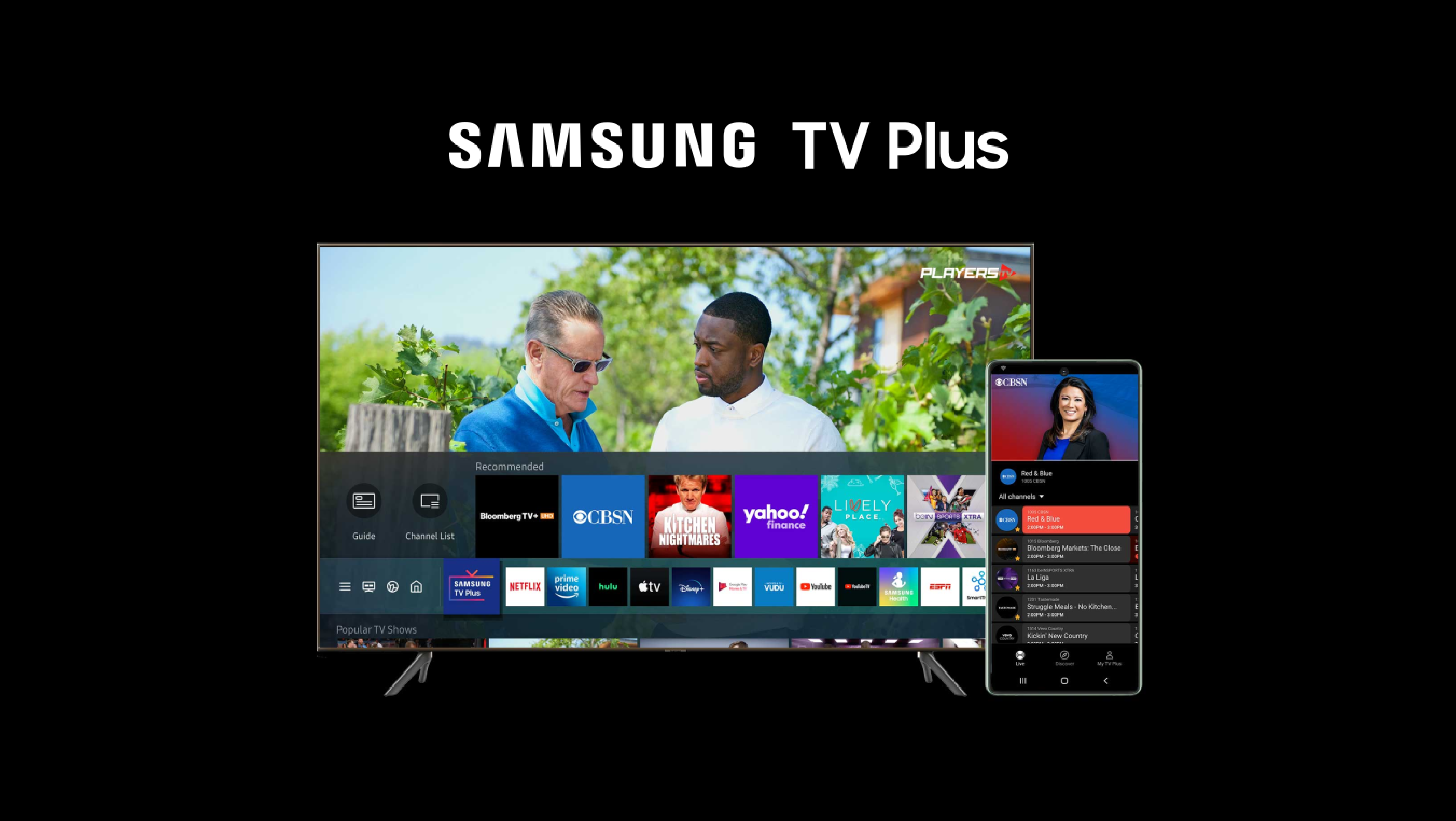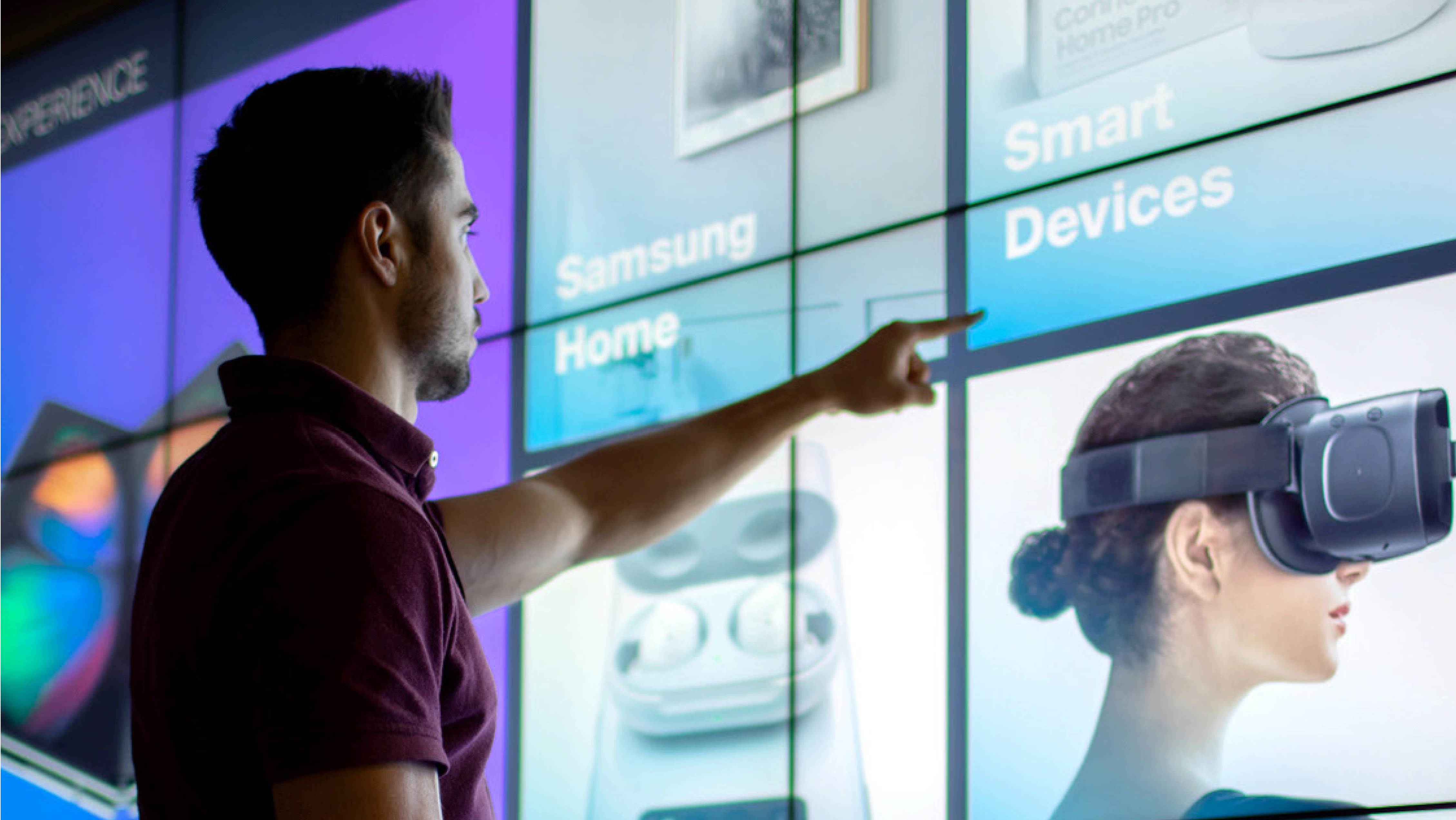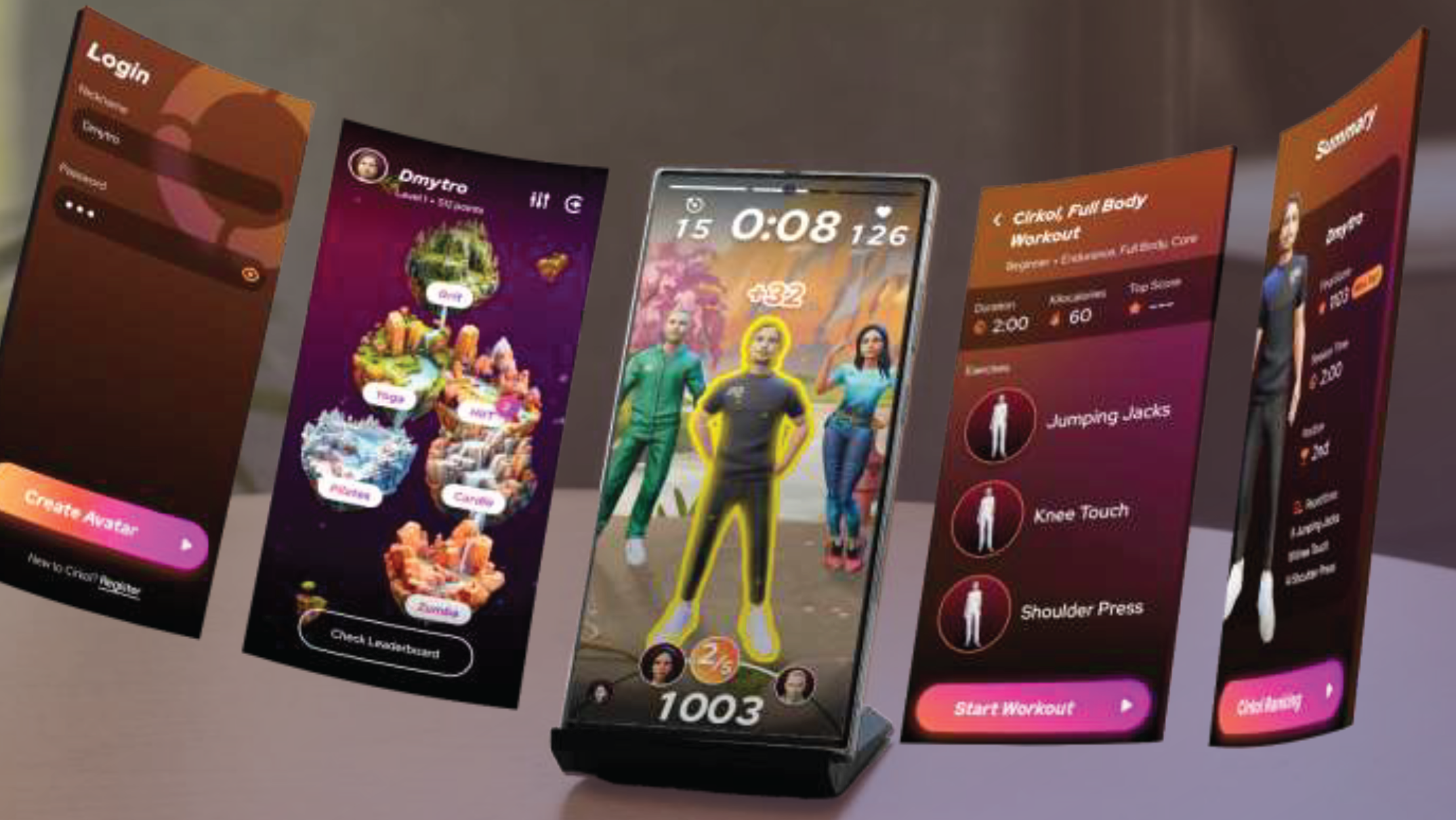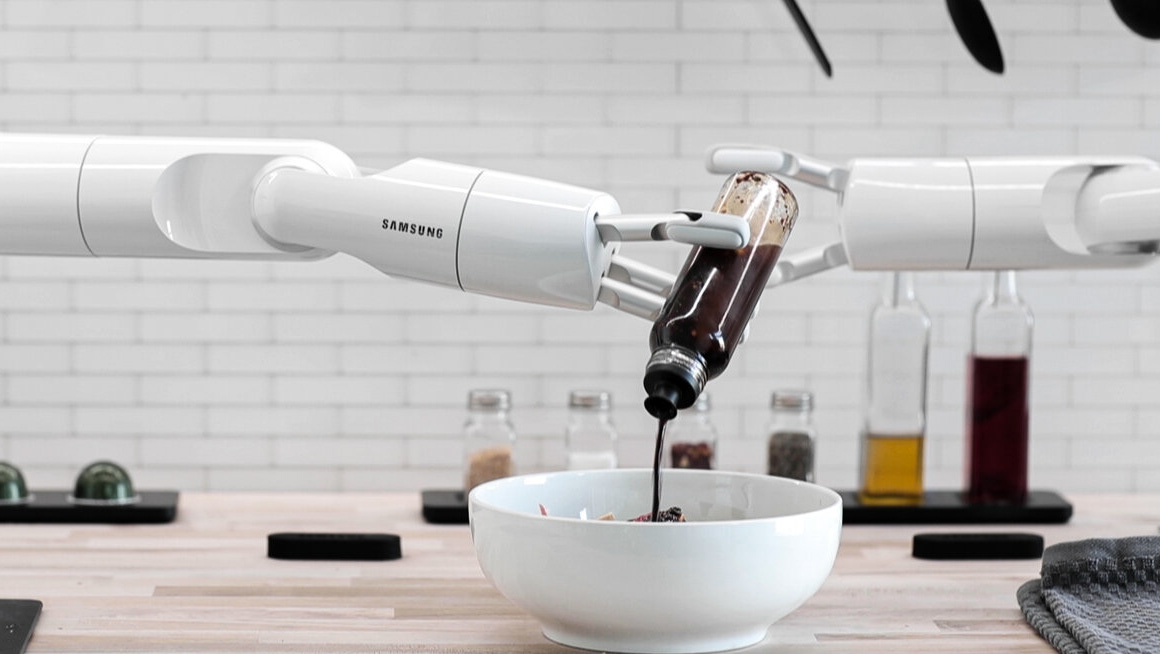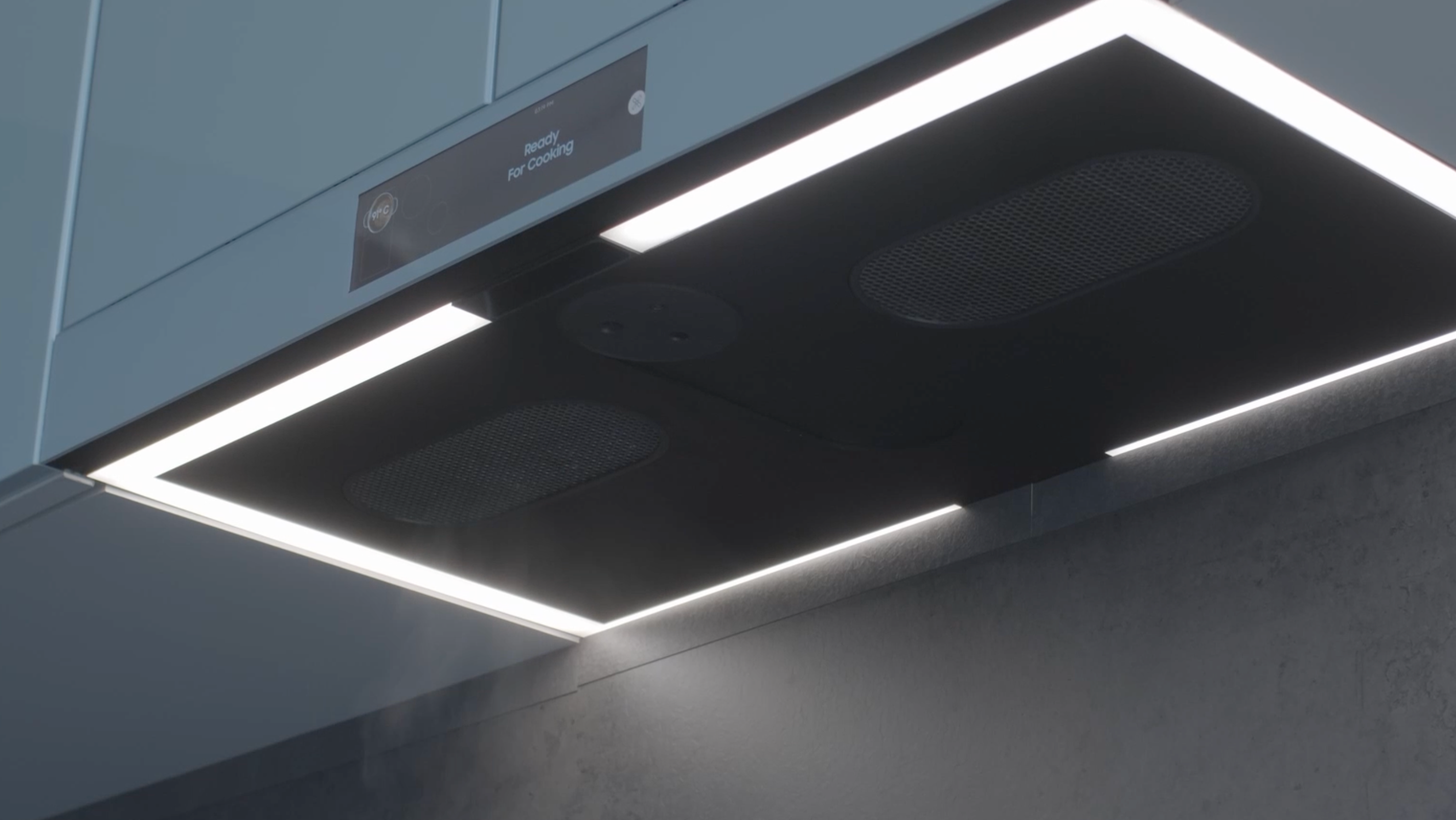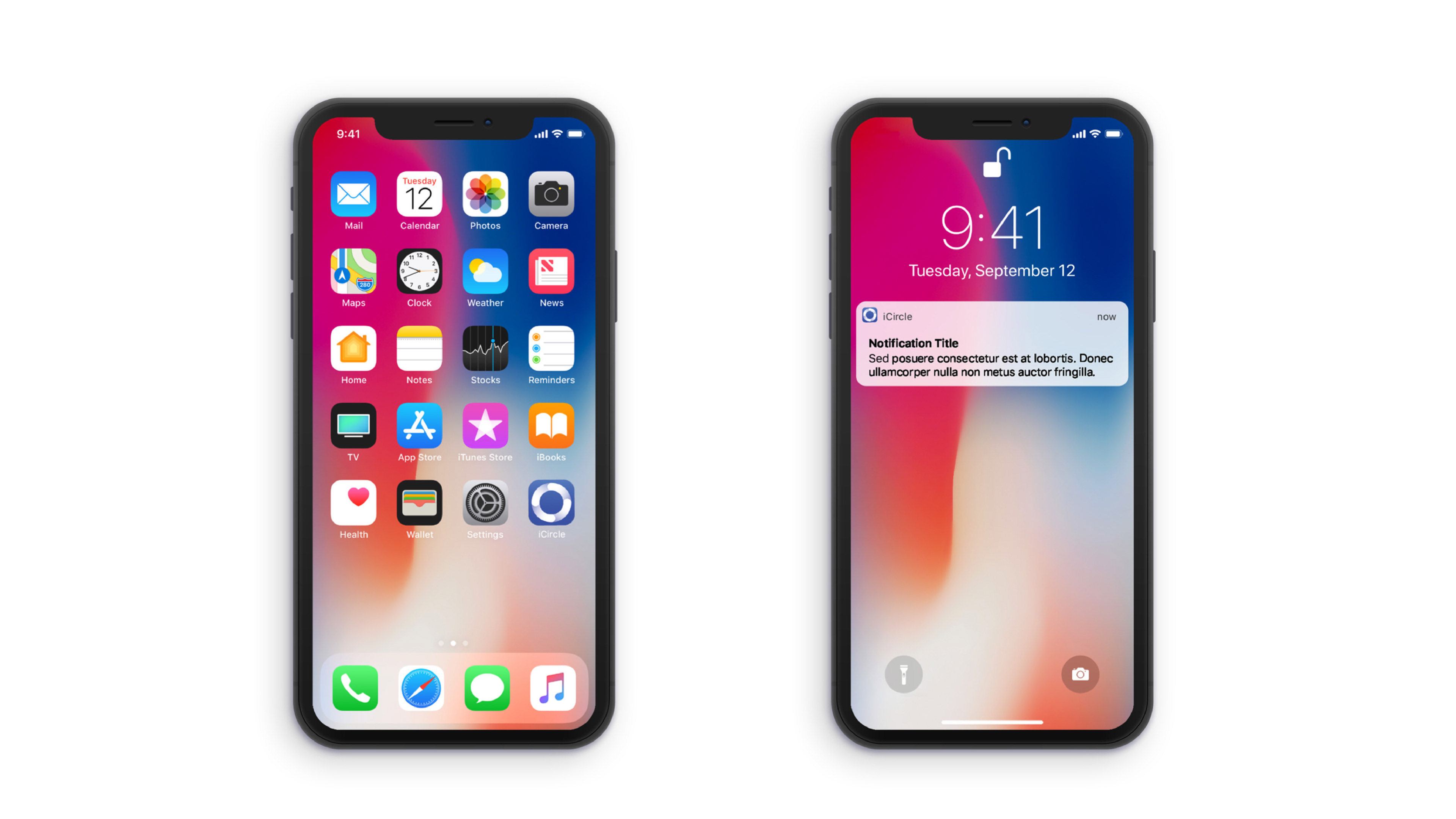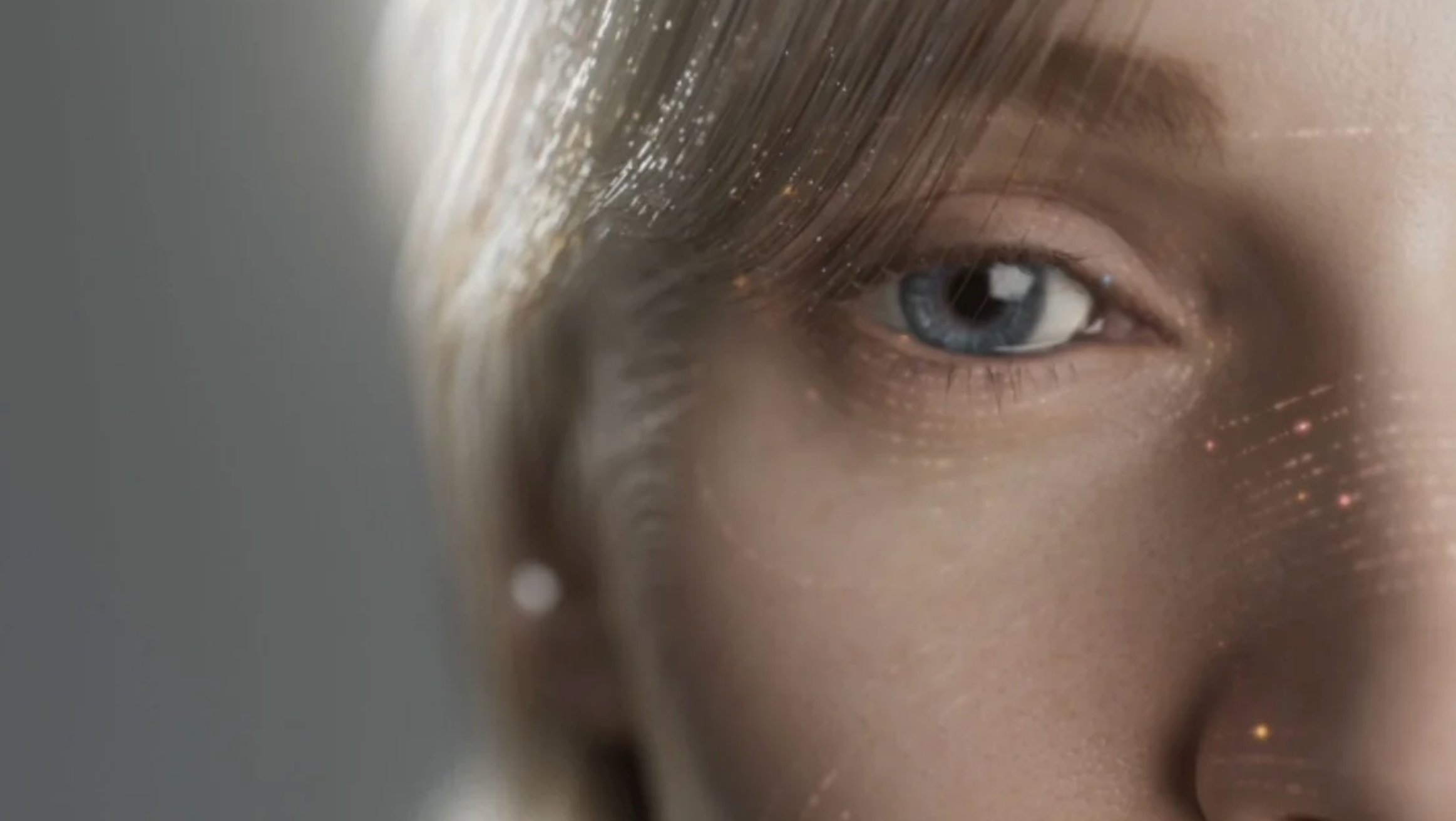An educational, build-it-yourself radio for kids aged 7-10 in the Philippines that introduces them to and encourages an early interest in technology.
My Role: Art Direction, Brand Experience
The name "j3j3 radio" is inspired by the Filipino texting language, Jejemon, known for abbreviating words in early cell phone messages. Jejemon became a significant pop culture phenomenon in the early 2000s, combining "hehe" and "Pokemon." Referenced in the 2010 Filipino presidential campaign, it serves as a lively and familiar entry point for an educational tool.
Enhancing Visibility and Discoverability —
Each module is meticulously designed to visually convey its function, fostering a direct, interactive, and stimulating learning experience. Interactive components, such as the tuner, are intuitively represented through design elements like a large knob with ridges, providing tactile cues for user engagement. When functionality is more abstract, icons are employed to encourage children to grasp or recall meanings. For instance, the battery, a power source, is simplified with a thunderbolt symbol. Instructions accompanying each module detail its function and the symbolism of icons, aiding children in comprehending the concepts. Magnetized, opposing connectors facilitate seamless assembly, ensuring a user-friendly and cohesive learning environment.
Each module is meticulously designed to visually convey its function, fostering a direct, interactive, and stimulating learning experience. Interactive components, such as the tuner, are intuitively represented through design elements like a large knob with ridges, providing tactile cues for user engagement. When functionality is more abstract, icons are employed to encourage children to grasp or recall meanings. For instance, the battery, a power source, is simplified with a thunderbolt symbol. Instructions accompanying each module detail its function and the symbolism of icons, aiding children in comprehending the concepts. Magnetized, opposing connectors facilitate seamless assembly, ensuring a user-friendly and cohesive learning environment.
Structure — The radio’s internal structure is broken down using modularity to frame its internal complexity as simple and approachable, allowing children to quickly and clearly conceptualize how a radio works and encourage learning about technology. Its most essential components (speaker, volume control, diode, tuner, antenna, coil, battery) are isolated and contained in modular blocks using colors to distinguish the pieces from one another. These are then linked by circuit connectors, represented by black and white blocks with straight and curved “paths” in order to convey the connections that bring these disparate parts together to create one functional system. The children can create various combinations of paths linking all the pieces together, with the goal of achieving the right configurations to complete the radio’s system and make it functional. Once they are all arranged properly, feedback will occur and the radio will begin to play. There are 6 main functional pieces, with 24 connectors, for a total of 48 possible configurations allowing for re-playability. It can be put together collaboratively, as a group activity, or individually
Thanks for reading!

